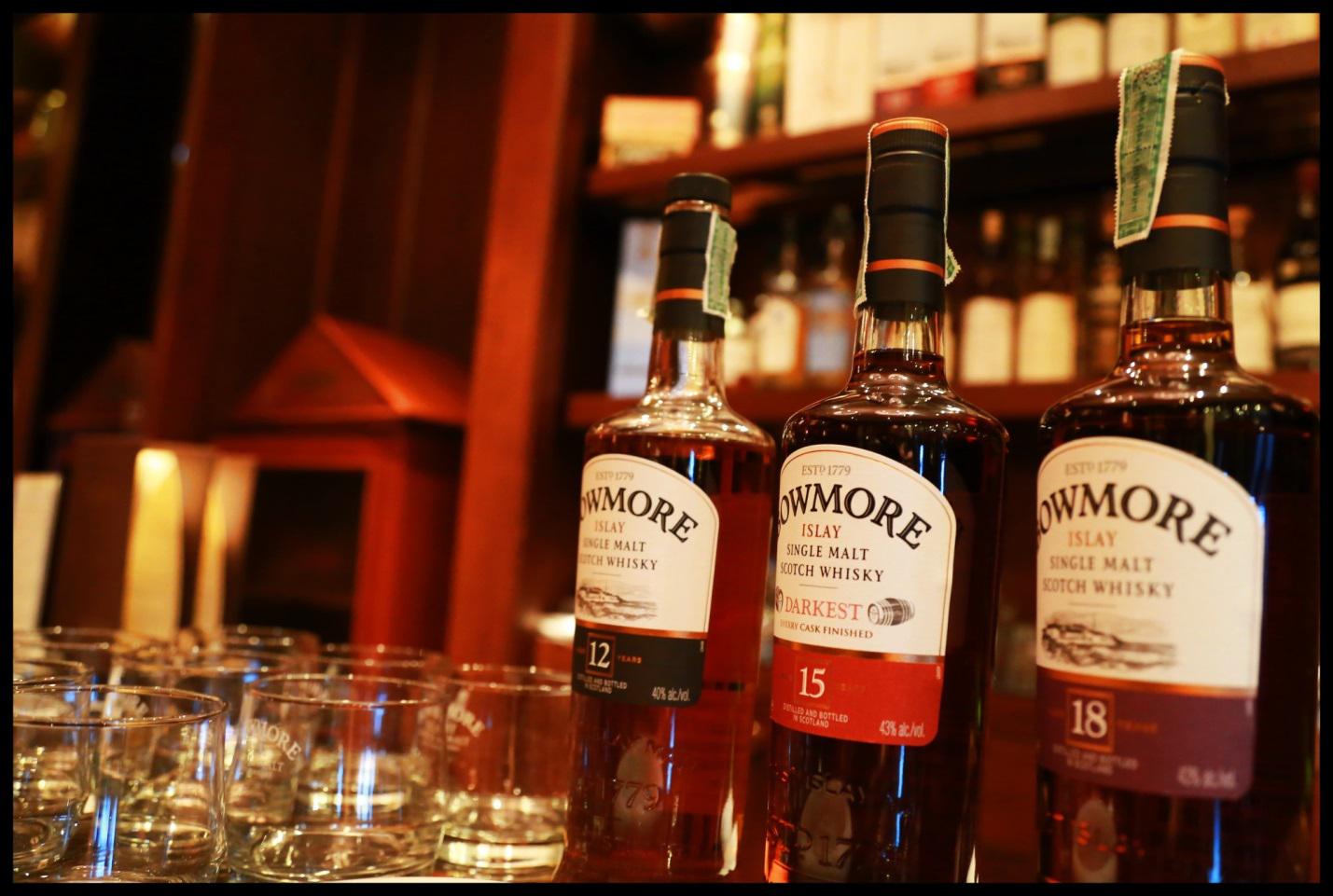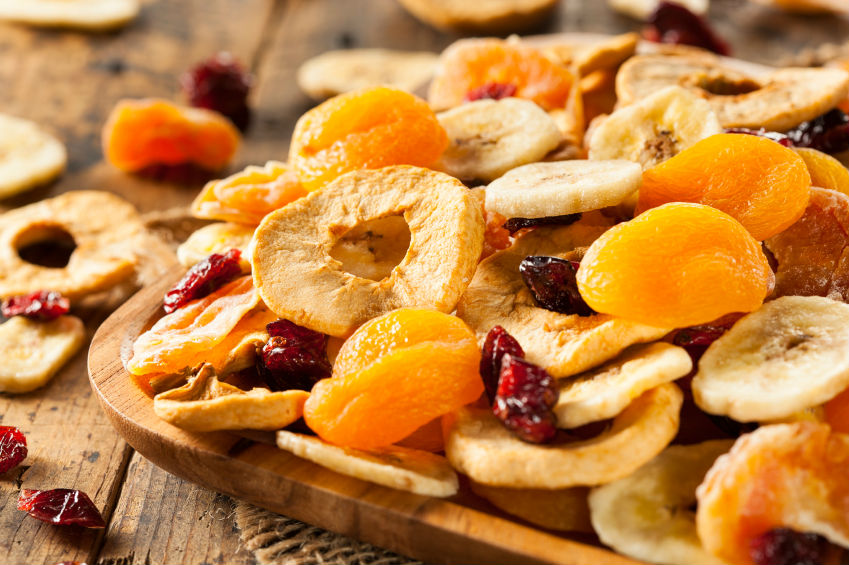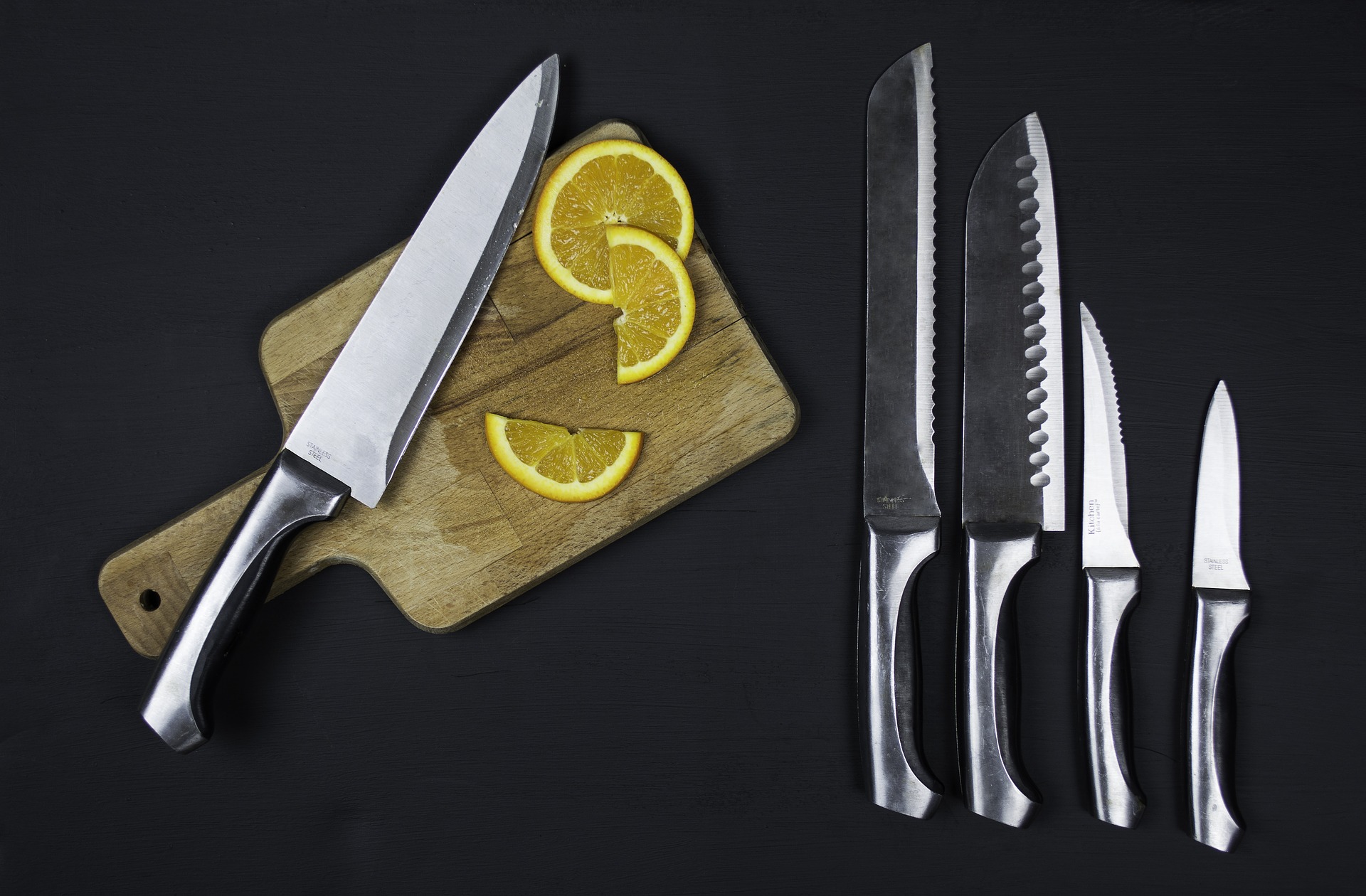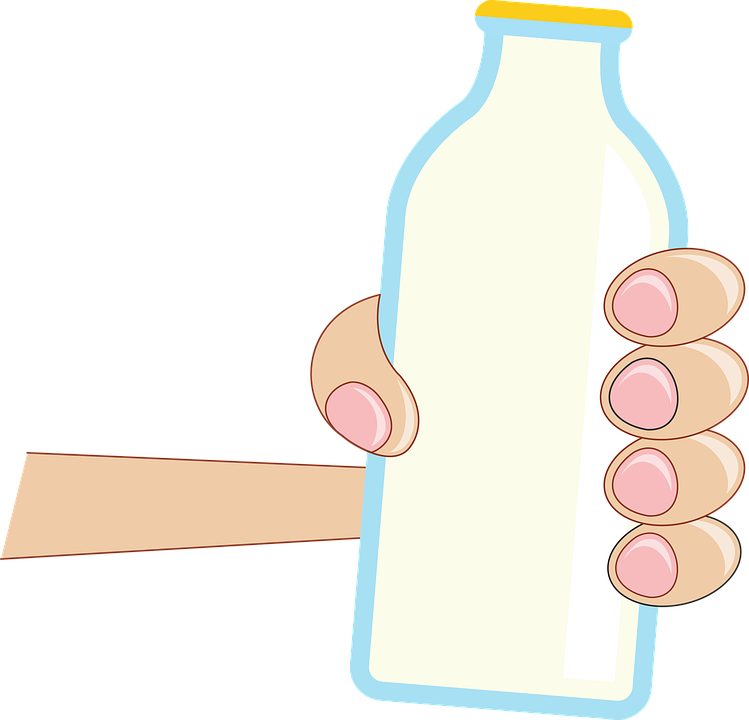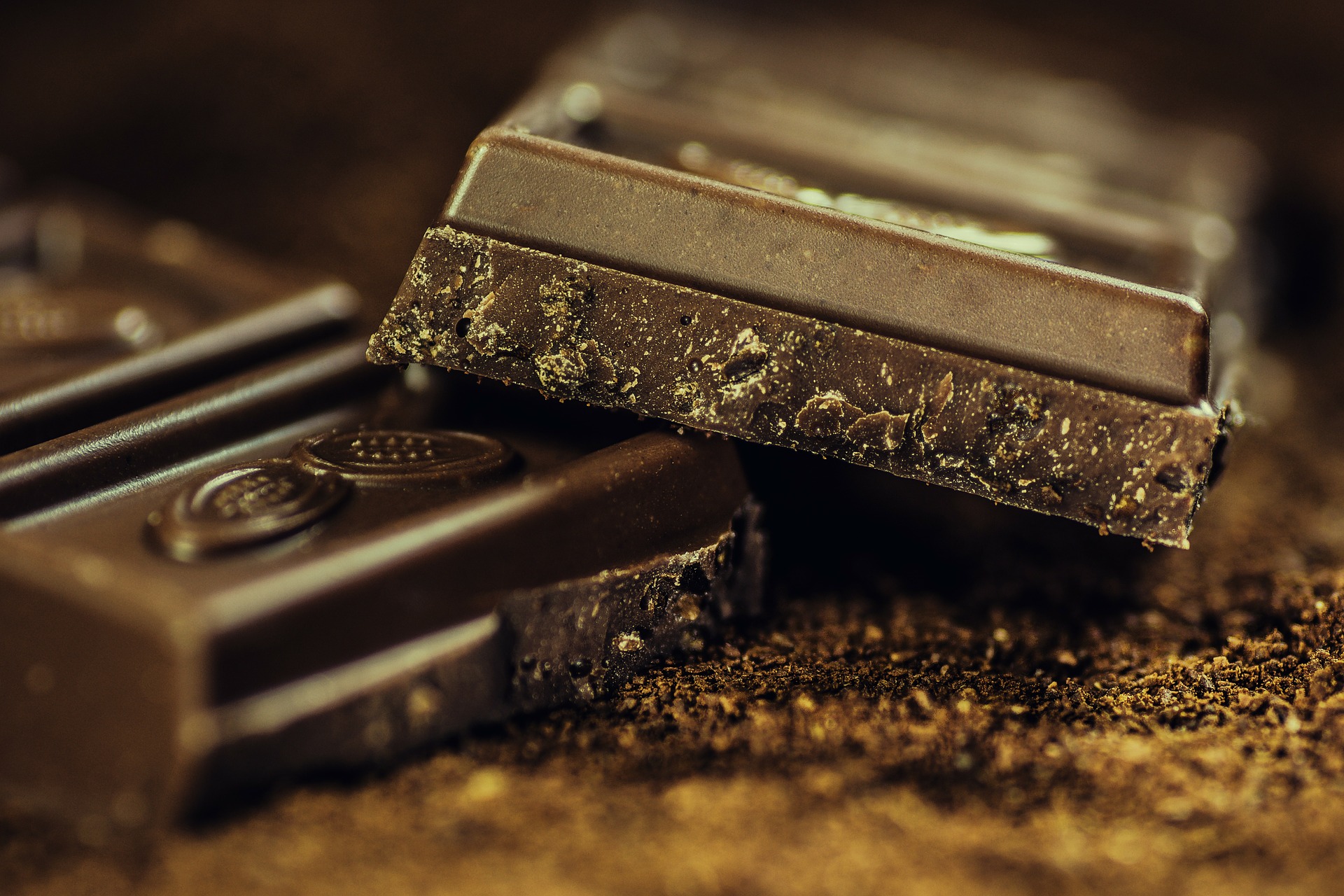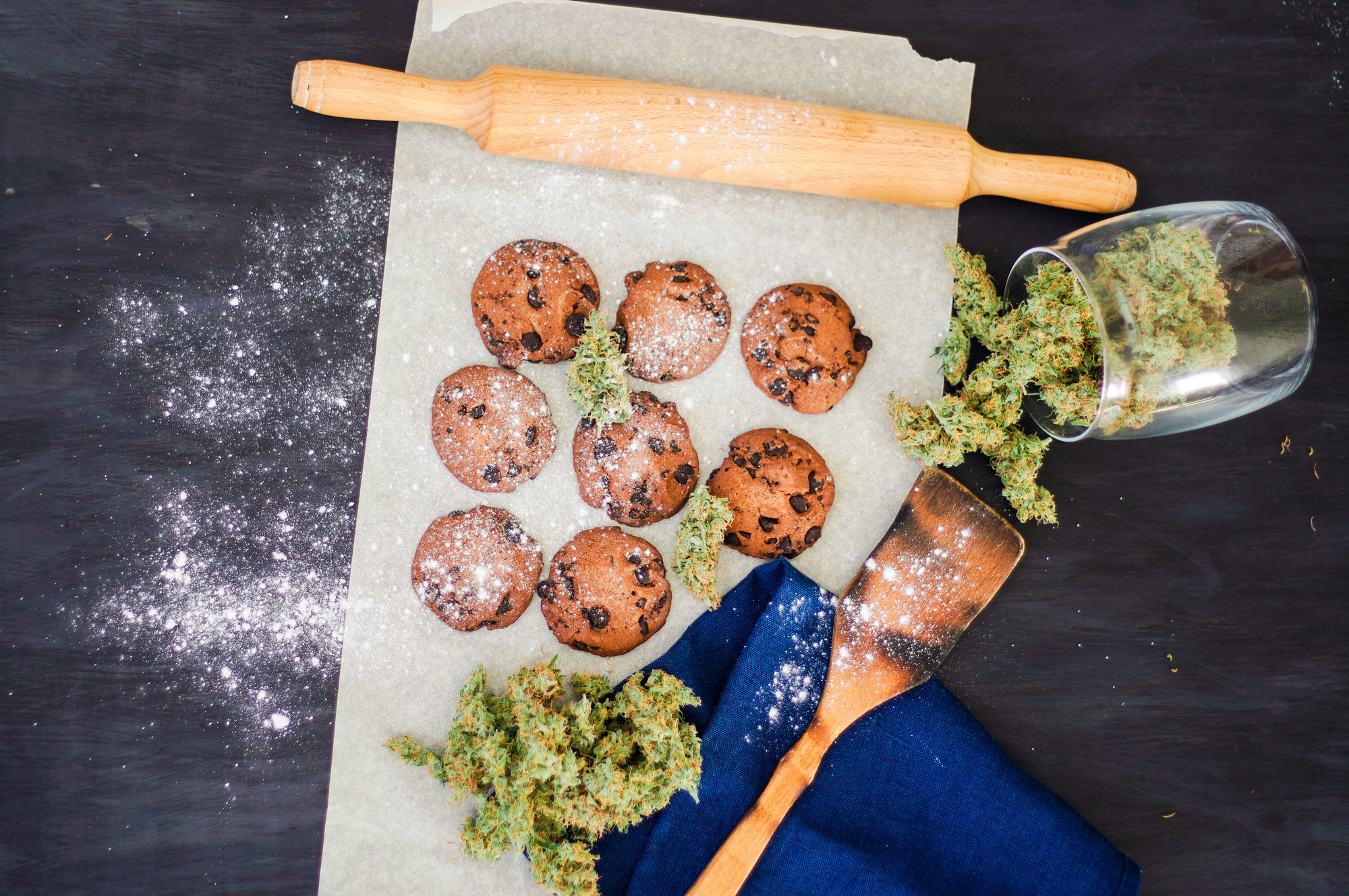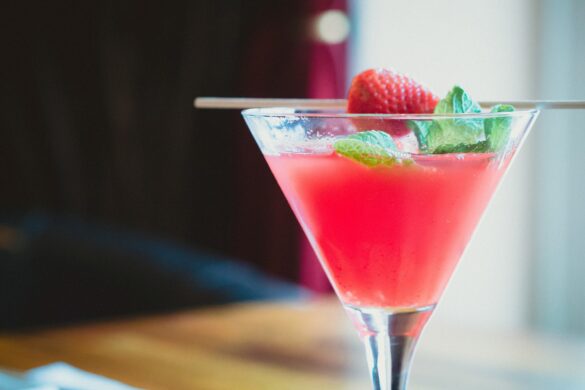While Germans are known for being masters at beermaking, they also have a long tradition of producing exceptional fine wines. The country boasts 13 different viticultural areas, growing nearly 100 types of grape in total, and are currently the world’s eighth most prolific wine producer. Germany’s winemakers are renowned for their acidic, fruity wines, with long finishes and complex flavours.
Yet just 30 years ago German viticulture was on the brink of total irrelevance. Floundering through the 20th century, Germany lost its reputation as a fine wine powerhouse to match the likes of France and Italy. In recent years, though, the fortunes of the German wine industry have changed for the better, and rising sales are helping it recover the respect it once commanded. Here is the story of its resurgence.
The history of German wine and its decline
Winemaking traditions in Germany date back to around 100 BCE when ancient Romans conquered the region. Viticulture was primarily practiced in monasteries going into the Middle Ages, with monks cultivating many of the country’s most prominent vineyards, such as Eberbach Abbey, which dates back to the 12th century. Most of this land was sold to private landowners after Napoleon’s invasion, and the secularisation of the country, with many monasteries being deconsecrated and turned into wineries soon afterwards.
It was during the 18th and 19th centuries that German fine wine really came into its own, so much so that it was quickly considered one of the two heavyweights of the wine world, along with France. German winemakers earned big bucks for their “noble sweet” wines in particular, which were held in the same regard as those produced in Bordeaux and Burgundy. These were cherished amongst the nobility of the time, hence their name, with the ever-popular German Riesling famously a favourite of Queen Victoria.
However, the German wine industry began to lose its way in the 20th century. War and economic unrest played a huge part in its initial downturn, but an outbreak of phylloxera—a disease which devastated the vineyards of the country—also wrecked the quality of the country’s grapes. The ill-fated German Wine Law of 1971, which deemed that ‘high quality’ wine merely needed certain sugar levels at harvest, was the final nail in the coffin. Winemakers increasingly bred super-ripe grapes to the detriment of taste, leading German wine to become synonymous with inexpensive, bland, sweet white varieties like Liebfraumilch and Niersteiner Gutes Domtal. As consumers lost interest, German’s fine wine industry was left in the wilderness for decades to come.
How German wine got its groove back
While inexpensive sweet white wines are still widely exported, Germany’s premium produce is now gaining a reputation as well, on both the international and domestic stage. Much of this is down to the work of The Rheingau Charta Association, a small group of growers. Modelled on Burgundy’s system, their methodology outlined new ways for German winemakers to ascertain the quality of their products, such as a wine’s terroir and origin. The Charta system, as it came to be known, paved the way for how German fine wine was to be classified going forward, with regions across the country slowly but surely following these guidelines from the 1980s onwards.
The watermark moment for classifying German fine wine came in 2012. It was at this point that the different styles and terminology of the 13 different regions were unified under one system by Verband Deutscher Prädikats-und Qualitätsweingüter e.V. (VDP), a collection of Germany’s highest quality wine estates. This has made it easier for merchants and consumers to decipher wine quality, hugely contributing to the resurgence of German fine wine. As Per and Britt Karlsson put it for Forbes, although not an official classification, “its philosophy is felt everywhere in Germany”, and German wines now make up one-third of the country’s wine consumption.
The impact of the VDP system is also being felt globally. According to the German Wine Institute, consumers outside the nation spent more on German wine than ever before in 2018. The average price for a litre of exported wine rose by 13p to £2.61, exactly double its value in 2002. Indeed, the improved quality of German wine is improving its value amongst collectors, with cases fetching over £2000.
Riesling has played a particularly significant role in this turnaround, with UK wine retailer Majestic Wine reporting that combined sales of dry Rieslings from Germany and Austria rose by a whopping 63% in 2018. Meanwhile, around 370 million bottles of Sekt—a German sparkling wine that typically uses Riesling grapes—were produced in 2018. To put this in perspective, in the same year, just 315 million bottles of Champagne were produced. Germany is now also the world’s largest producer of Pinot Blanc, while the production of Spätburgunder (Pinot Noir) has risen sharply since the start of the 1990s. Much of this comes from the vineyards of Württemberg, which produce 80% of the country’s red wine.

